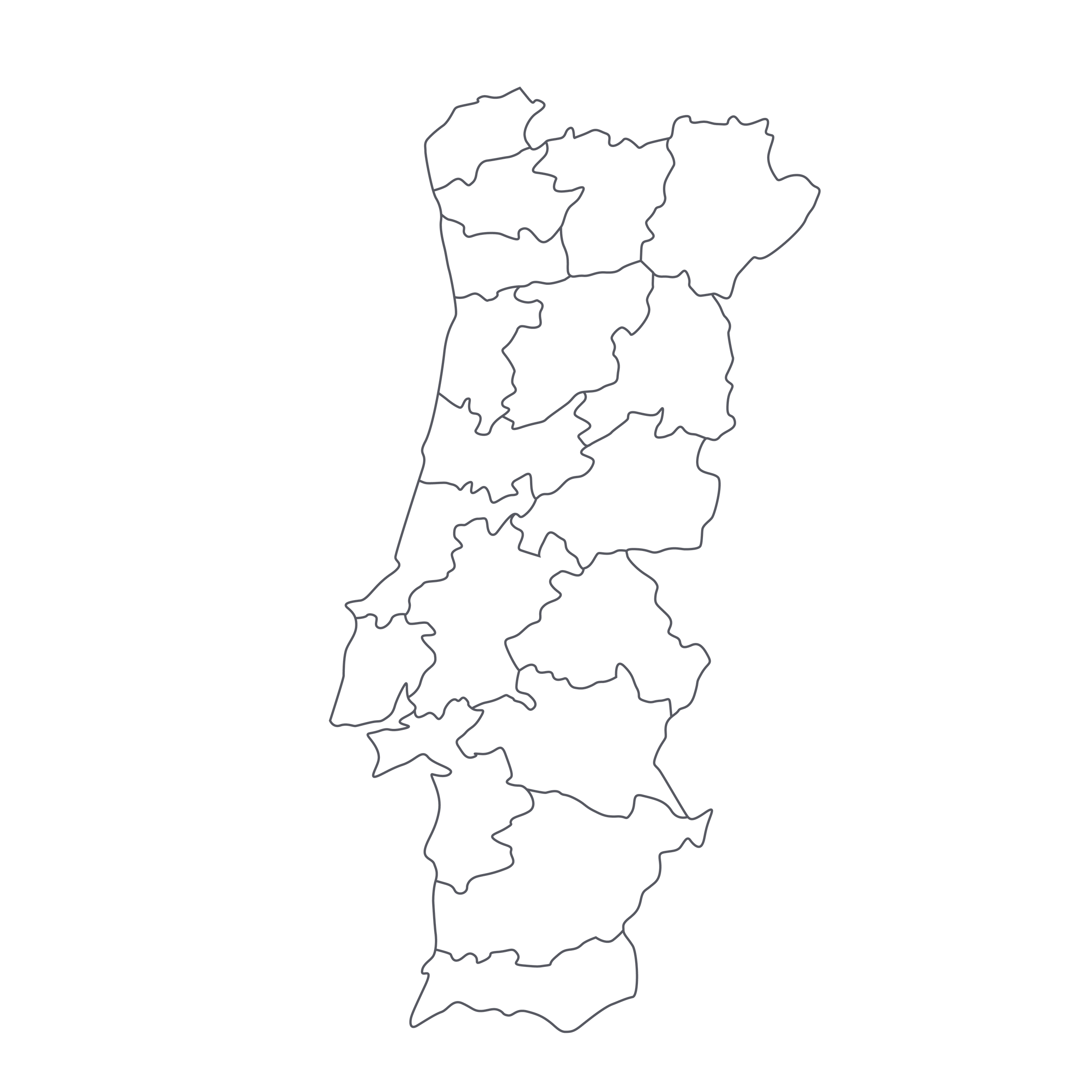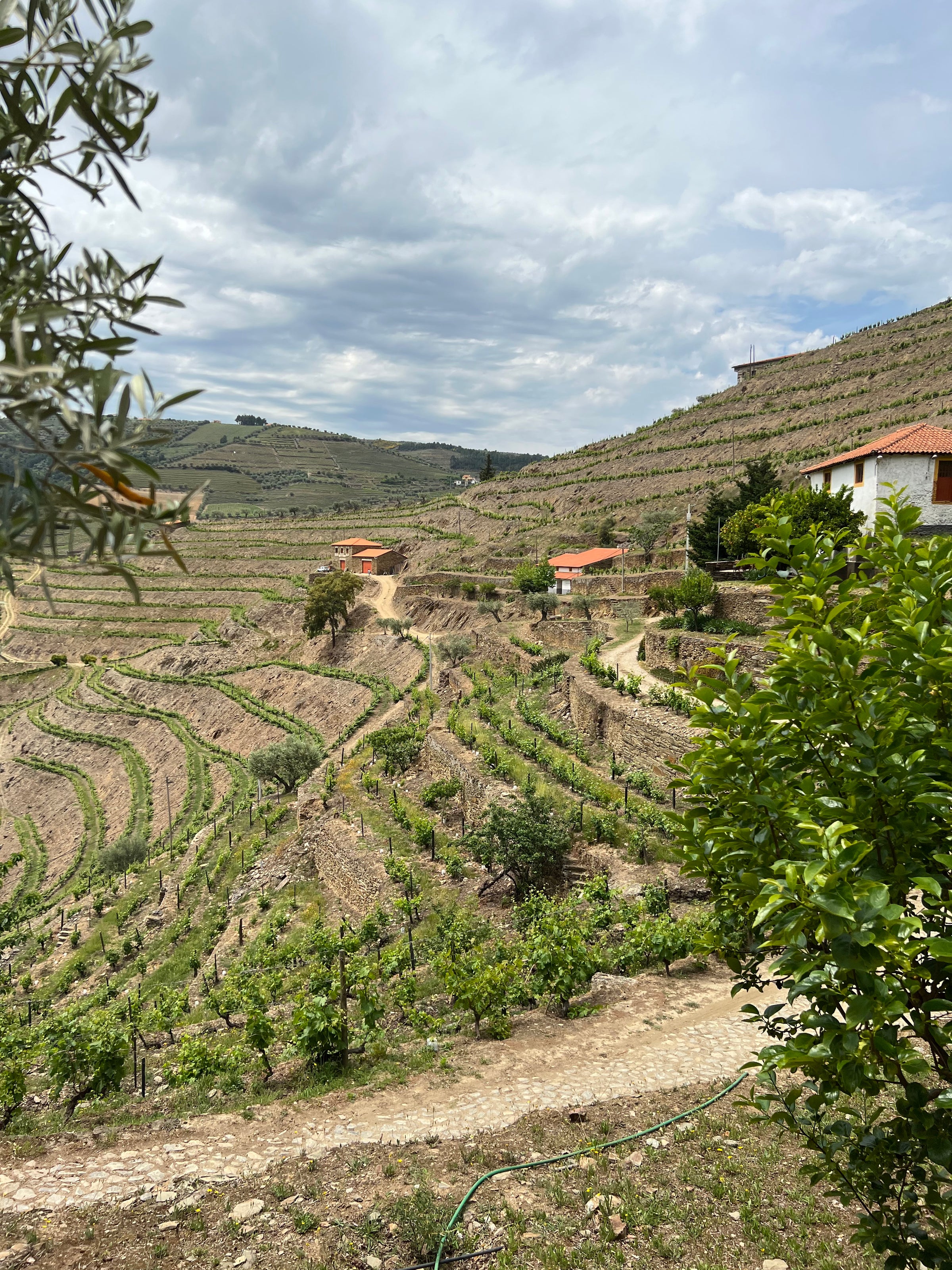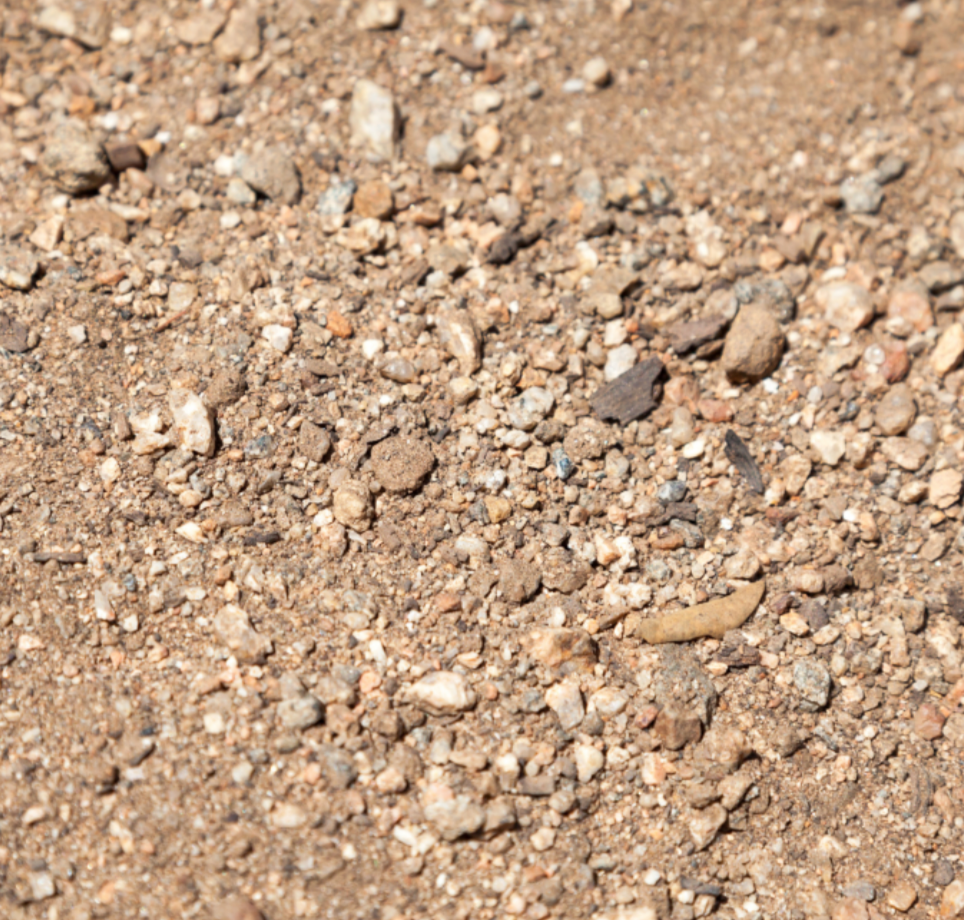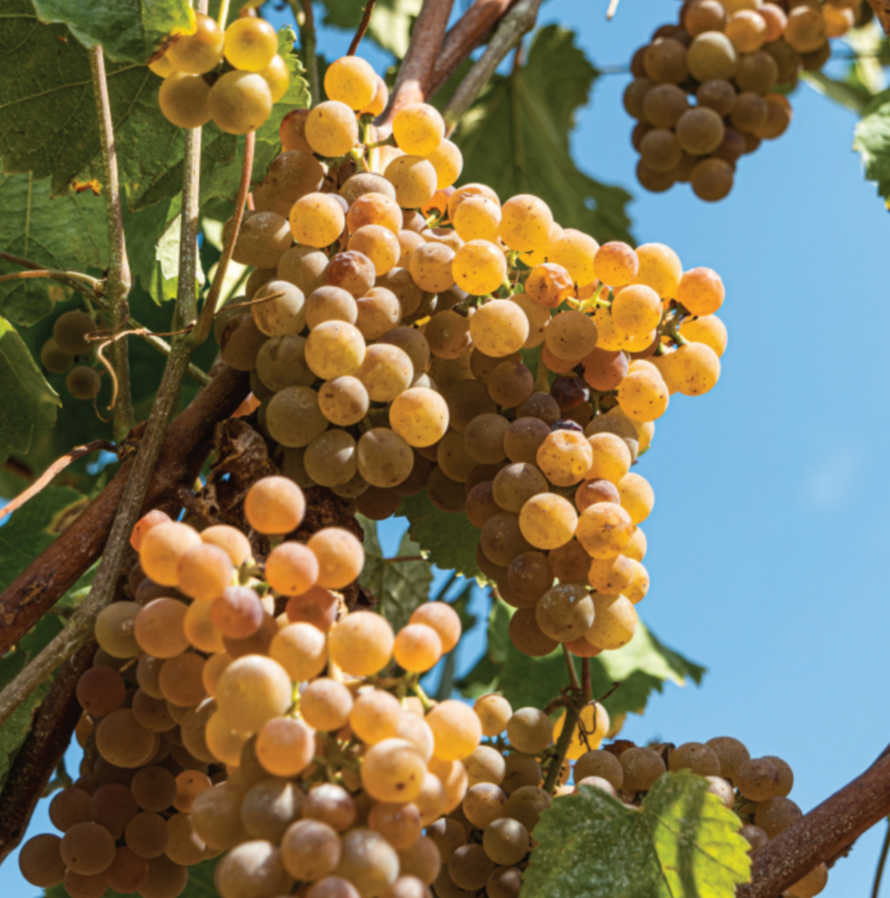Although Portugal is one of the world’s oldest wine cultures, it is still playing catch-up with its European neighbors in the international market. Consumers think of Portugal mostly as a source of fortified Port and Madeira wines (if they think of it at all), but that is changing rapidly—today’s wine being an especially delicious example.
It is “new Portugal” all the way, a powerful, polished dry red from one of Port country’s greatest native varieties, Touriga Nacional. With Port wines mostly on the wane, vintners throughout Portugal’s Douro Valley have turned to dry reds as the way to put this historic terroir back on the map. The Douro DO is thought to be the oldest officially delimited wine appellation in the world, but Quinta do Pôpa is playing to more than nostalgia with this 2015: They’re showing that Douro reds are poised to stand toe-to-toe with more-expensive wines from places like Bordeaux, Argentina, and the Napa Valley. Today’s Touriga Nacional has a luxurious, modern feel, channeling Left Bank Bordeaux most readily but also Rutherford Cabernet Sauvignon and Argentine Malbec. Its impeccable craftsmanship (overseen by Portuguese wine eminence Luís Pato) is familiar, even if its Touriga Nacional aromas and flavors are less so, and it’s a tremendous amount of wine for the money. As emerging wine regions go, the Douro is one to keep a close eye on, because the wines get better every vintage and prices have yet to keep pace!
There are few wine regions in the world that can match the Douro Valley for physical beauty: As it runs west toward the city of Porto and the Atlantic Ocean, the Douro River snakes through steep, dusty ravines blanketed with vineyard terraces, in soils of crumbly schist. Quinta do Pôpa, a well-appointed property of recent creation, is perched above the south bank river in the town of Adorigo, a few kilometers west of Pinhão. This is the heart of the central part of the Douro Valley, known as the Cima Corgo, home to the greatest concentration of top quintas and vineyards. It’s an extreme climate, with dry, hot summers and cold winters, and its wide assortment of native grape varieties have adapted to the conditions. Touriga Nacional was long one of the principal varieties in Port wine blends, and while it tends to be blended with other varieties in dry bottlings as well, Quinta do Pôpa showcases it in varietal form: black fruited and muscular, with plenty of extract framed by silty, firm tannins, it’s a ‘hot-climate’ grape for sure but one that doesn’t wilt in the sun. If anything, most of the Touriga Nacional wines I’ve tried feel more like ‘cool-climate’ wines in terms of their structure—there no excess alcohol heat or jamminess, but rather a touch of austerity in their youth that bodes well for aging.
José Ferreira, a Douro native, purchased the property that would become Quinta do Pôpa—so named for his father, who was nicknamed “Pôpa”—in 2003. José son, Stéphane, and family have grown the estate’s vineyard holdings to 30 hectares, with the classic red trio of Tinta Roriz, Touriga Franca, and Touriga Nacional dominating the grape mix. They include several ‘varietal’ wines in their lineup, including this old-vine Touriga Nacional, which, like the entire Pôpa lineup, benefits from Luís Pato’s deft touch in the cellar. It aged six months in new French oak barriques, lending it a little ‘international’ sheen, but there’s a profound soil character as well—a note of graphite that brings Bordeaux appellations like Saint-Estéphe and Saint-Julién to mind.
In the glass, the 2015 Quinta do Pôpa is an opaque ruby-black with hints of purple, with a heady nose of crushed blackberries, cassis, mulberries, violets, black pepper, cedar, grilled meat, and pencil lead. It is full-bodied and muscular, with sandy tannins and bright acid that frame the ample fruit. It doesn’t feel sappy or sweet: It feels dense. If drinking a bottle now, give it a good hour in a decanter before serving in Bordeaux stems at 60-65 degrees and pair it with a wintry dish like a classic Portuguese feijoada; same goes if you choose to age some, which I think will pay off handsomely. It’s got the structure for 5-10 years in the cellar at least, and it makes me wonder—is this one of the great ‘collectibles’ of the future? If so, now’s the time to get in on the ground floor!





